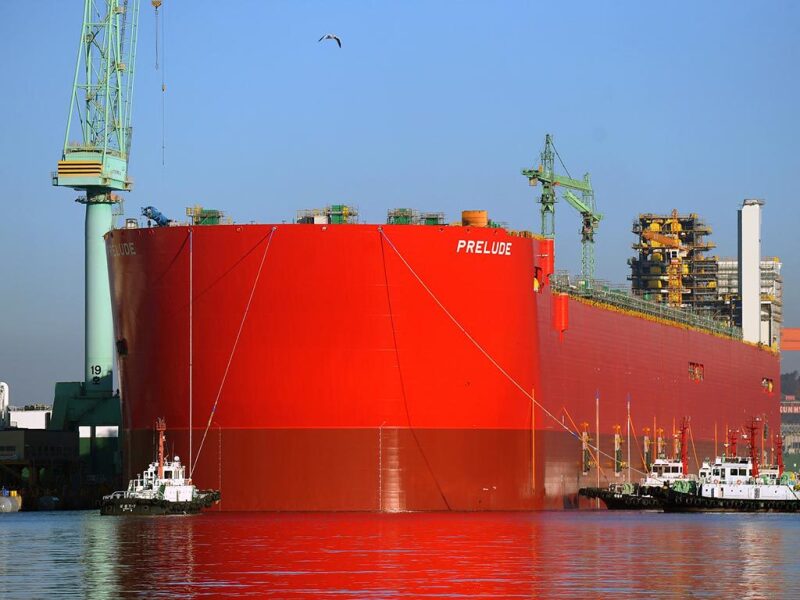The constraints of space and seaworthiness required the designers of Shell’s joint-venture floating-liquefied-natural-gas (FLNG) facility to assemble these technologies in novel configurations. The operator is applying standardization as a philosophy for its FLNG design so that developments can become faster and more cost effective and has also developed an FLNG solution designed for leaner-gas fields that has many similarities to standard FLNG designs. The so-called “FLNG Lean” is able to deliver higher LNG-production capacities.
Introduction
With a long history in the LNG industry, the operator signed an agreement with a consortium of heavy-industry companies to design and build multiple FLNG facilities and entered the front-end engineering design (FEED) development phase, which focused on the technical requirements of the project. The operator’s Prelude project was the world’s first to make a final investment decision on an FLNG facility in May 2011. The Prelude project is expected to produce 3.6 million t/a (mtpa) of LNG, 1.3 mtpa of condensate, and 0.4 mtpa of liquefied petroleum gas (LPG).
Proven Technologies in Innovative Combinations
The operator’s FLNG facility itself is large but is still one-quarter the size of an equivalent facility on land.


